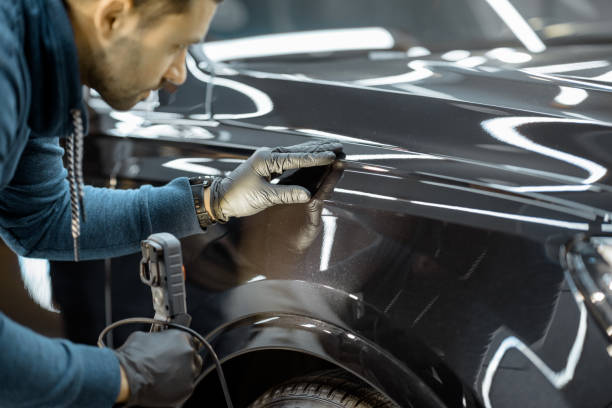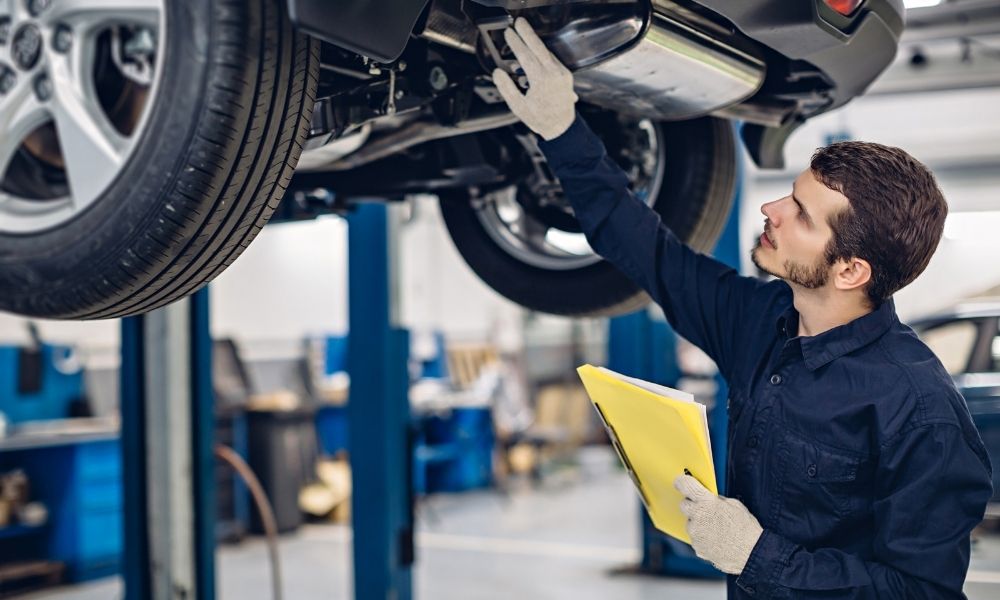From minor fender benders to more serious collisions, vehicles endure a wide range of damage throughout their lifespans. Whether it’s cosmetic scratches or structural issues, knowing the most common auto body repair services can help car owners better understand what to expect when they visit a repair shop. These services not only restore your car’s appearance but also ensure it remains safe and roadworthy.
1. Dent Removal
Paintless Dent Repair (PDR)
One of the most common services for minor dents caused by hail, door dings, or low-speed impacts is paintless dent repair. PDR involves reshaping the metal without repainting, preserving the original finish and often reducing costs.
Traditional Dent Repair
Larger dents or those that involve paint damage may require more traditional repair methods, including filler, sanding, and refinishing. This process restores the contour of the vehicle and ensures the paint blends seamlessly.
2. Bumper Repair and Replacement
Minor Scuffs and Cracks
Bumpers are designed to absorb impact, so they often take the brunt of collisions. Scuffs, scratches, and minor cracks can usually be repaired quickly with sanding, filler, and repainting.
Severe Bumper Damage
If the bumper is heavily damaged or its internal mounts are affected, replacement may be necessary. New bumpers are usually primed and painted to match the rest of the vehicle.
3. Paint Scratch and Chip Repair
Spot Repairs
Small scratches or paint chips from stones, branches, or parking mishaps are extremely common. These are usually treated with touch-up paint or localized refinishing.
Full Panel Respraying
Deeper or widespread damage may require full-panel repainting. Technicians match the vehicle’s original paint using digital scanners to ensure a flawless finish.
Professionals offering Automobicon auto body repair services use precision tools and OEM-matching paint to guarantee high-quality results. Their process is designed to not only restore aesthetics but also prevent rust or long-term paint deterioration.
4. Frame and Structural Repairs
Post-Collision Alignment
After a significant impact, the vehicle’s frame may be misaligned. Technicians use computerized frame straightening equipment to return the chassis to manufacturer specifications.
Structural Integrity Checks
These repairs often involve welding or replacing damaged structural components. Ensuring the frame is straight is critical for vehicle safety and drivability.
5. Auto Glass Replacement
Windshield and Window Repairs
Cracks or chips in auto glass can occur during collisions or from flying debris. Small chips can often be filled, while larger cracks require full replacement.
Sensor and Camera Recalibration
Modern vehicles equipped with driver assistance systems may require sensor recalibration after glass replacement to ensure features like lane assist or emergency braking continue to function properly.
6. Panel Replacement and Realignment
Door, Hood, and Fender Repairs
Collision damage often affects external panels. When dents or cracks are too severe for repair, these parts are replaced and painted to match the vehicle’s original finish.
Panel Gaps and Alignment
Proper alignment is essential not just for appearance but also for functionality, especially when it comes to opening and closing doors or hoods smoothly.
Conclusion
Auto body repair covers a wide range of services—from cosmetic fixes to structural realignments—all essential for maintaining the value and safety of your vehicle. Whether you’re dealing with minor scratches or major collision damage, a professional repair facility ensures your car returns to its pre-accident condition. Services like Automobicon auto body repair offer comprehensive solutions that combine expert craftsmanship with manufacturer-level standards, giving you peace of mind every time you hit the road.




